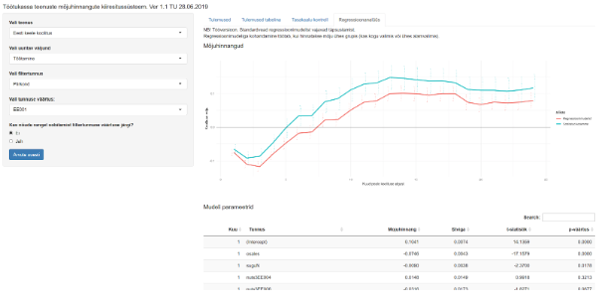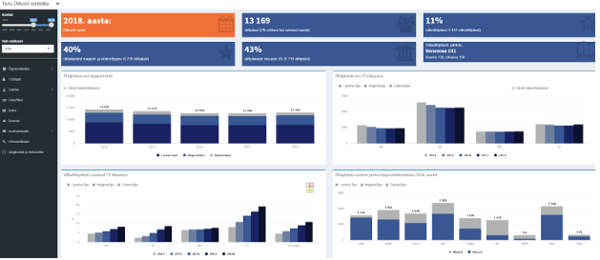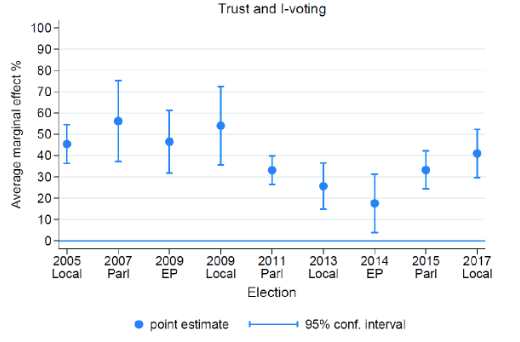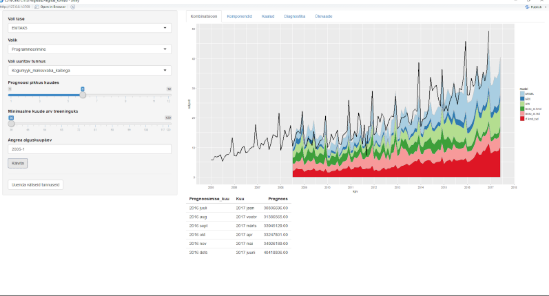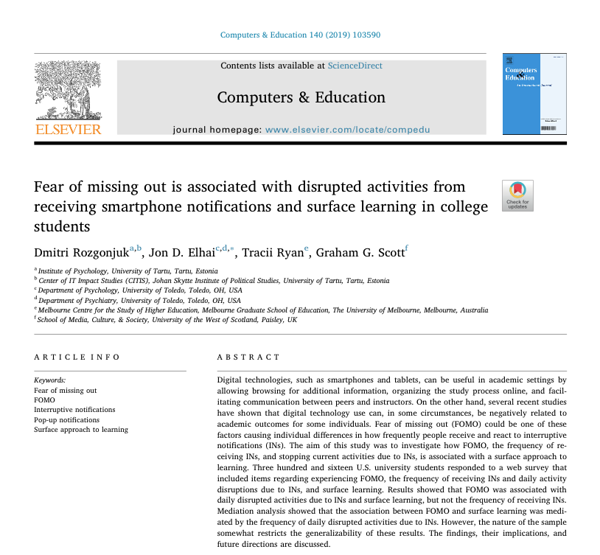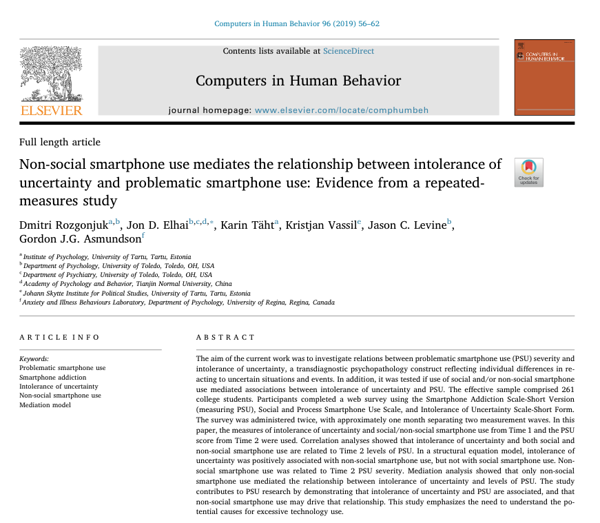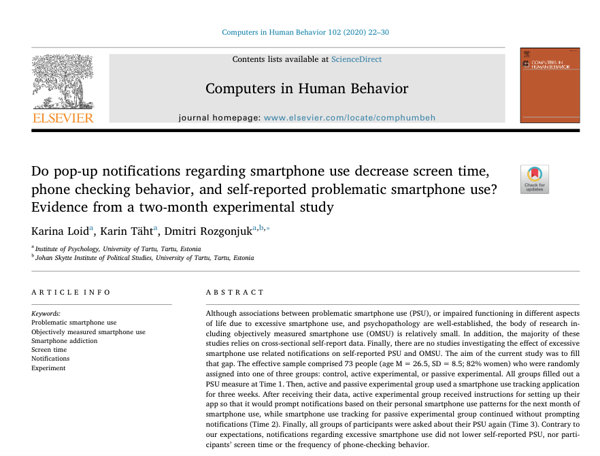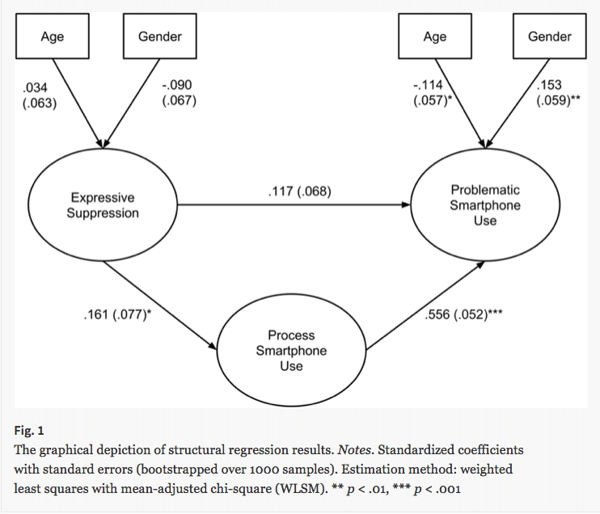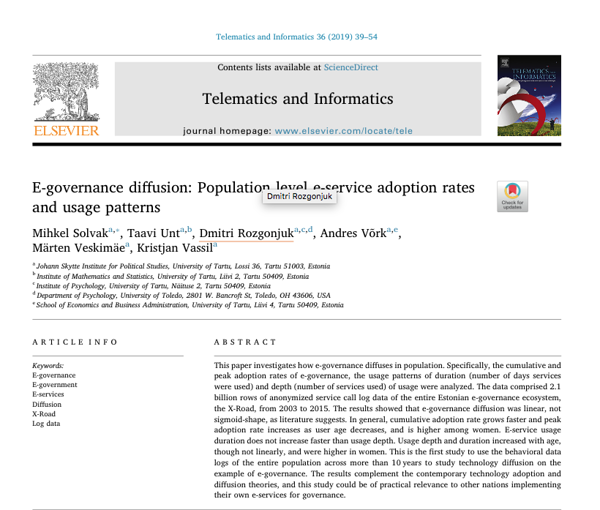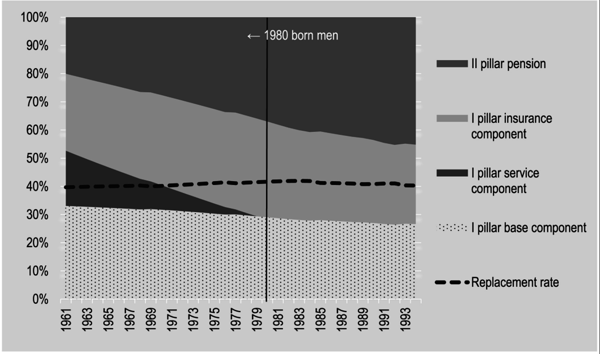Profiling and policy evaluation tools for EUIF (2018-2020)
The CITIS team together with Estonia’s largest IT developer Nortal are building a set of profiling, segmentation and policy evaluation tools for the Estonian Unemployment Insurance Fund (EUIF).
University of Tartu Dashboard (2019)
CITIS built a statistics dashboard for University of Tartu together with the rector’s office. The dashboard takes data from various UT databases on students, staff, research, accounting, entrepreneurship and real estate which can be filtered according to faculty and institute level to give a quick overview of the most important metrics needed for decision making and reporting.
E-voting study (2005-2019)
On top of applied work the CITIS is also responsible for conducting the Estonian e-voting study - a study using cross-sectional post-election surveys of the voting eligible population since the first e-enabled election in 2005. By now we hold survey data on all elections in Estonia where remote internet voting has been possible, a total of 11 nationwide elections so far between 2005-2019.
Data driven analytical tools for the Tax and Customs board (2017)
The CITIS team has built a set of taxation data analysis apps for the Estonian Tax and Customs Board. The project’s aim was to build monitoring, forecasting and impact assessment tools using raw tax (VAT and social tax) declaration data on all Estonian companies between 2002-2016. These declarations are submitted on a monthly basis by around 166 000 entities subject to taxation.
Fear of missing out is associated with disrupted activities from receiving smartphone notifications and surface learning in college students
Digital technologies, such as smartphones and tablets, can be useful in academic settings by allowing browsing for additional information, organizing the study process online, and facilitating communication between peers and instructors. On the other hand, several recent studies have shown that digital technology use can, in some circumstances, be negatively related to academic outcomes for some individuals. Fear of missing out (FOMO) could be one of these factors causing individual differences in how frequently people receive and react to interruptive notifications (INs). The aim of this study was to investigate how FOMO, the frequency of receiving INs, and stopping current activities due to INs, is associated with a surface approach to learning.
Non-social smartphone use mediates the relationship between intolerance of uncertainty and problematic smartphone use: Evidence from a repeated-measures study
The aim of the current work was to investigate relations between problematic smartphone use (PSU) severity and intolerance of uncertainty, a transdiagnostic psychopathology construct reflecting individual differences in reacting to uncertain situations and events. In addition, it was tested if use of social and/or non-social smartphone use mediated associations between intolerance of uncertainty and PSU.
Do pop-up notifications regarding smartphone use decrease screen time, phone checking behavior, and self-reported problematic smartphone use? Evidence from a two-month experimental study
Although associations between problematic smartphone use (PSU), or impaired functioning in different aspects of life due to excessive smartphone use, and psychopathology are well-established, the body of research including objectively measured smartphone use (OMSU) is relatively small. In addition, the majority of these studies relies on cross-sectional self-report data. The aim of the current study was to fill that gap.
Emotion regulation in relation to smartphone use: Process smartphone use mediates the association between expressive suppression and problematic smartphone use
Previous research has shown that problematic smartphone use (PSU) is related to several affect-related psychopathology variables. Emotion dysregulation has been regarded as a central psychological factor associated with that type of psychopathology. In this paper, the association between expressive emotional suppression, a form of emotion dysregulation, with PSU was investigated. Furthermore, we tested if types of smartphone use (process and social use) mediated that association.
E-governance diffusion: Population level e-service adoption rates and usage patterns
This paper investigates how e-governance diffuses in population. Specifically, the cumulative and peak adoption rates of e-governance, the usage patterns of duration (number of days services were used) and depth (number of services used) of usage were analyzed.
The effects on intra‐generational inequality of introducing a funded pension scheme: A microsimulation analysis for Estonia
This article written by Andres Võrk and Magnus Piirits uses a single male cohort microsimulation model to analyse the intra‐generational and distributional effects of a shift in Estonia from a defined benefit pay‐as‐you‐go (PAYG) pension system to a multi‐pillared system with a PAYG scheme with contribution‐based insurance components and a funded pension scheme.

